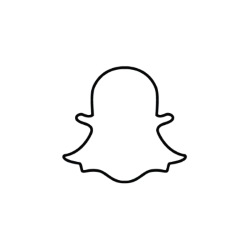My work this summer learning to write humorous stories for performance fit with my goal of building a skill I could use for Honors events. I ended up …
News
MJ Wetzel: Comedy and Storytelling
Hypatia Meraviglia: Mapping Titan
Despite the limitations of remote work, my internship allowed me to establish professional connections with a number of NASA scientists asking intriguing …
Dylan Garrison: Learning to Fly
This past summer, I took on the challenge of earning my private pilot’s license through an online flight school and with the help of a certified flight …







